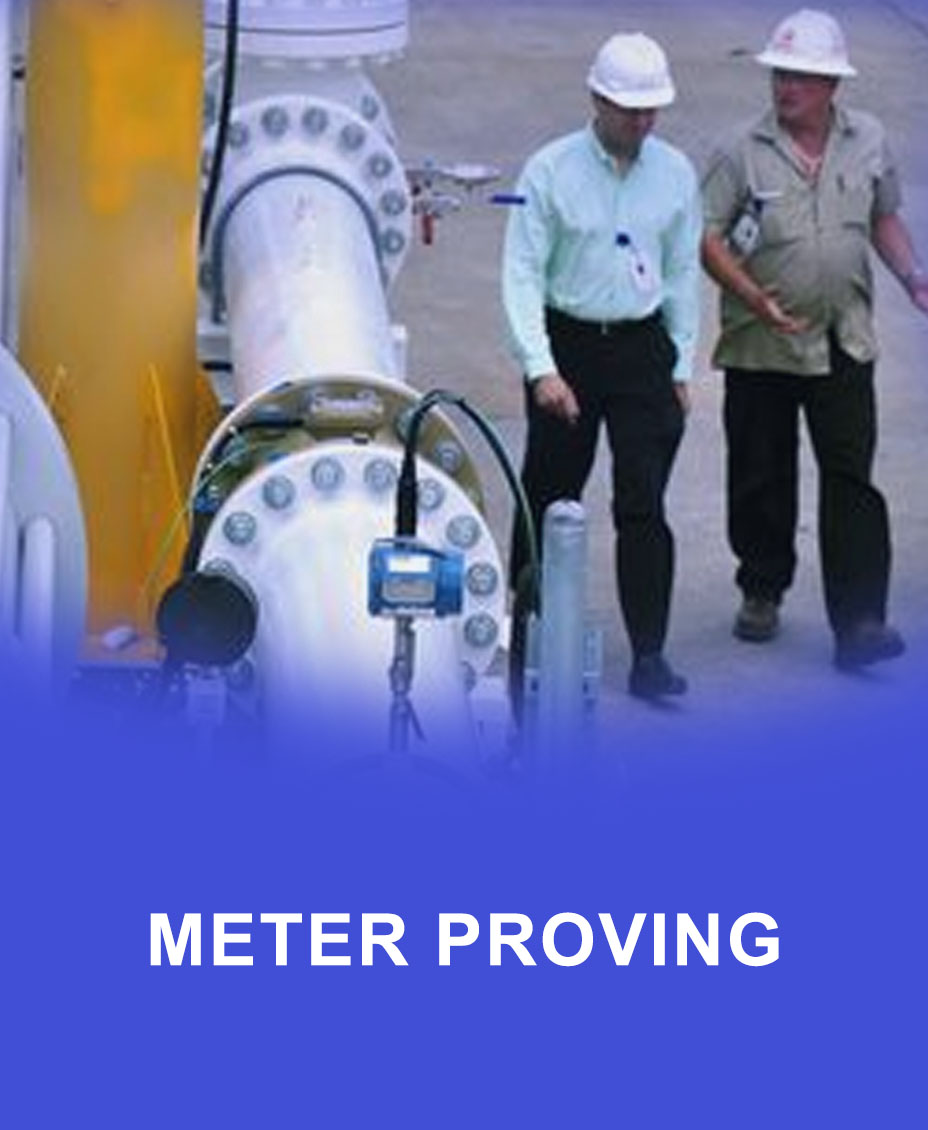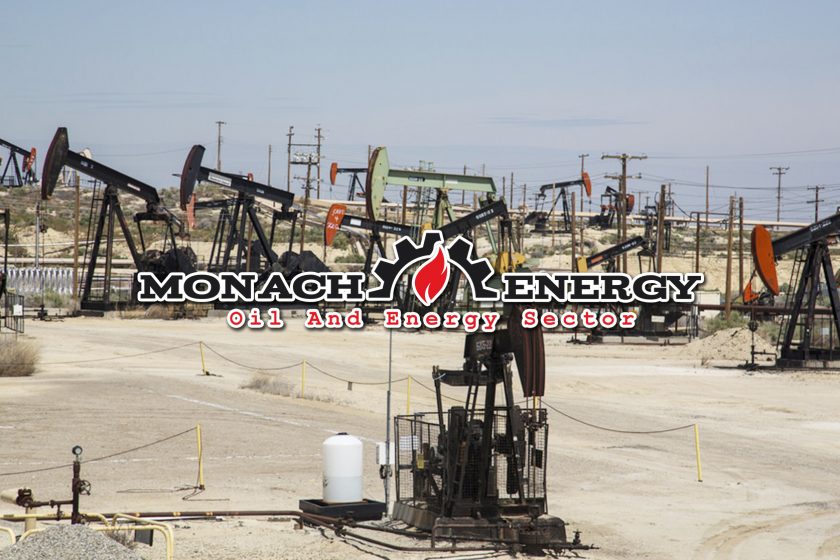A Dive in to Meter Proving & Testing by a Service Company
Quite simply, meter proving where the precision of a meter is checked. Whenever it involves meter proving there are lots of points and the specifics might change on a whim depending on the type of meter and technique of testing. As an example, a gas meter prover tests the precision for gas meters.. Lots of meter provers prefer to test their readings against a pre-specified spectrum as laid out inside of their guides..
You might think that meter proving and meter testing are one in the same – well they are certainly not – and here is the variances between them.
Whenever a trained professional is investigating the accuracy of the meter this is what’s called “meter proving“. Things like determining the appropriate volume of disbursement to the meter results itself. NIST or The National Institute of Standards and Technology, holds loads of critical information in their databases in which meter proving techs can perhaps possibly use and compare and contrast their results from whatever meter they’re examining. The most prevalent proving is done for liquid gas and typically alongside pipelines. Often provers will correlate with meter station staff to do a comparison of results.
 Even while meter testing has been in existence for longer than a hundred years the equivalent standard prevails presently as it did in the past. Because of this testing by way of this method is susceptible to many different variations and insecurities.
Even while meter testing has been in existence for longer than a hundred years the equivalent standard prevails presently as it did in the past. Because of this testing by way of this method is susceptible to many different variations and insecurities.
There are several design criteria for meter calibration systems. These can include, but aren’t limited to, volumetric methods, gravimetric methods, and master meter contrast. These processes can produce outcomes with a doubt of better than 4-to-1 as weighed against the meter become proven.
In addition, there are requirements that manage and encompass the calibration system that is entire. NIST and ISO 17025 define criteria and requirements with varying amounts of difficulty for calibration facilities and procedures. tThe National Institute of Standards and Technologies, or NIST, defines requirements for traceability that real time using the laboratory that is individual maintenance or self-compliance. ISO 17025 is a more rigorous, third-party official certification. This standard includes the calibration that is whole and produces metrics for the calibration rig elements, admin systems for process operations, personnel proficiency, and papers giving support to the traceability and total dimension question for the calibration center that is entire. ISO 17025 standards ensure the known level that is greatest of self- confidence in accuracy and repeatability.
A gas meter prover is an instrument that confirms the correctness of a gas meter. Provers are traditionally employed gas meter maintenance establishments, city and county gas meter shops, and public works sites. The processes in which meter proving experts sample the precision of a meter is through passing air through after which checking those outcomes to the meter’s own internal displacement. The prover then displays a proof, a rate shown as a percent which compares the volume of air passed with the volume of air gauged to establish the meters correctness.
A bell prover (commonly referred to in the industry as a “bell”) is made up of the upright inner container encompassed by an external layer. There’s two layers and while the external layer is ordinarily filled up with oil, the inner layer is referred to as the bell. fluid seal. Bell provers are generally counter-weighted to offer pressure level that is positive to a line and valve affixed to a meter. On occasion wheels or guides are installed on the part that is moving of bell which allows for smooth linear mobility without the potential for immeasurable pressure differentials caused by the bell rocking back or forth.
Uncertainness frequently experienced, and perhaps unaccounted-for inside of a test where utilizing bell provers can contribute to incorrect proofs, through which an operator may adjust a gas meter poorly. One nonuniformity above Each others is the the majority of common and that is when provers find temperatures discrepancies involving the bell meter and the binding pipes employed the prover. Some other points could be hardware such as for instance stuck or sticky bell casters or guides, unbound piping connectivity or valves, a ding in the test area of the bell, incorrect counterweights, and human mistakes in the operation or calculations.
Over the year technologies has advanced an awful lot and now, with the advent of PLCs (Programmable Logic Controllers), repair shops can possibly automate the bell proving process. Rather than manually raising and lowering the bell prover, solenoid valves affixed to a PLC controls air flows through the meter. As is most automation, computers function data inputed to them thru testers. During the early 1990s, the PLC was replaced by PACs (Programmable Automated Controls) and modern computer devices. Later on detectors had been added that evolved automation more and eliminating a significant portion of the “human factor” from testing.
As you could possibly gather from this write-up, meter testing/proving is a definitely complex process depending on lots of variables.
UPDATE: currently across Canada there is a regulatory push going on for Multi-Sector Air Pollutants Regulations. As a result many equipped service companies are targeting producers for this regulatory service.

